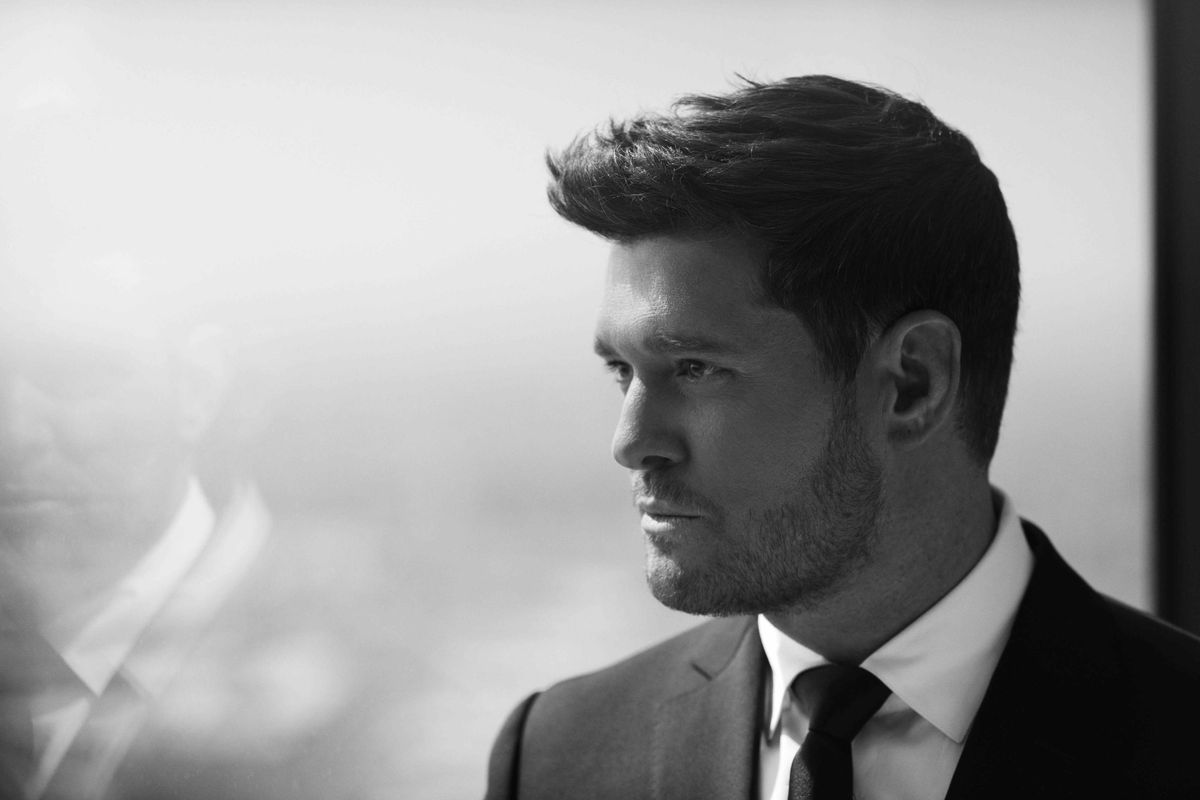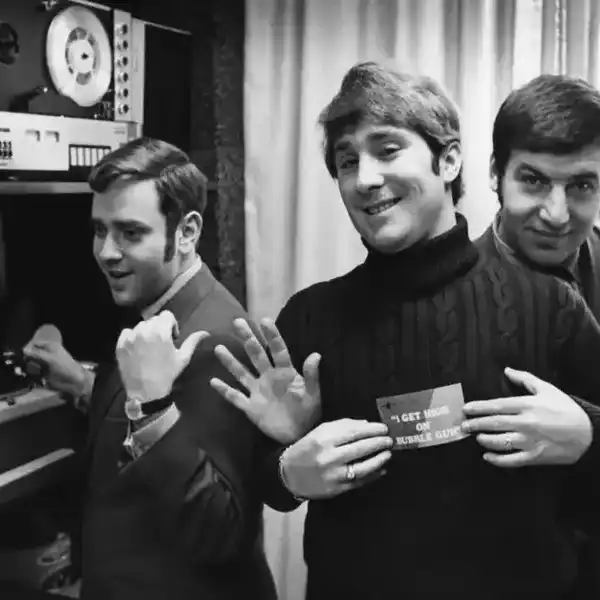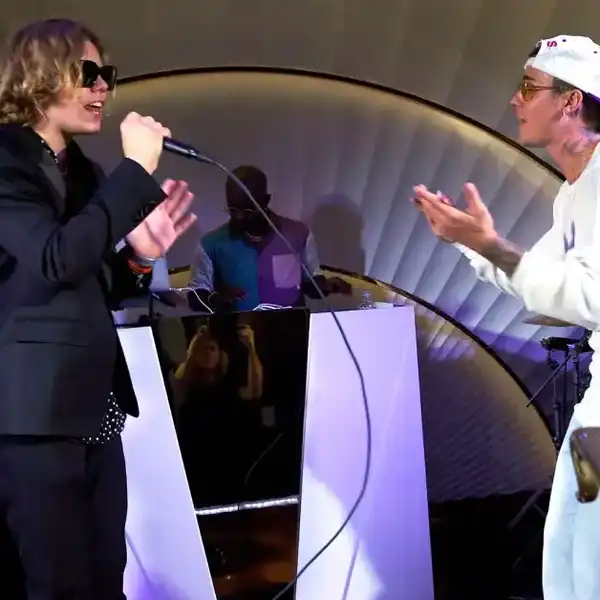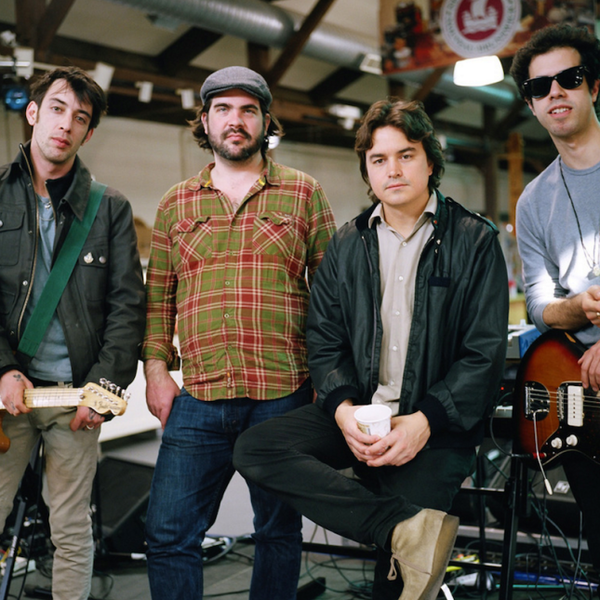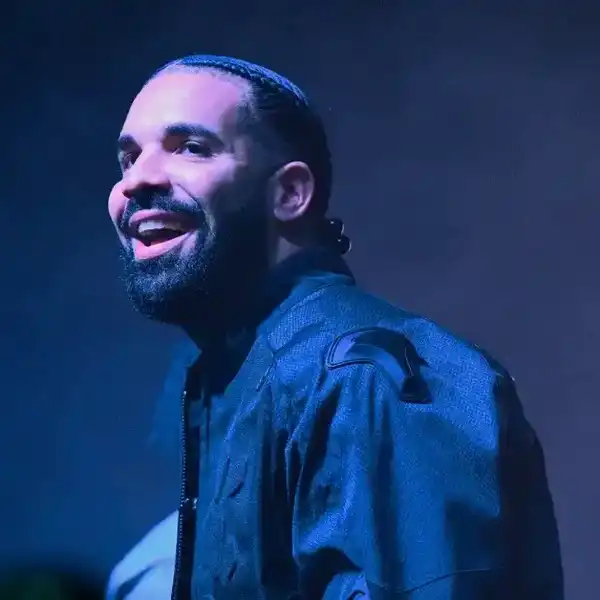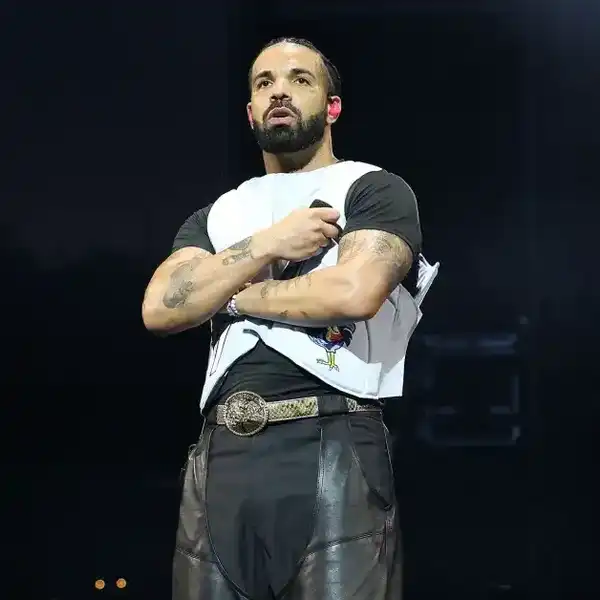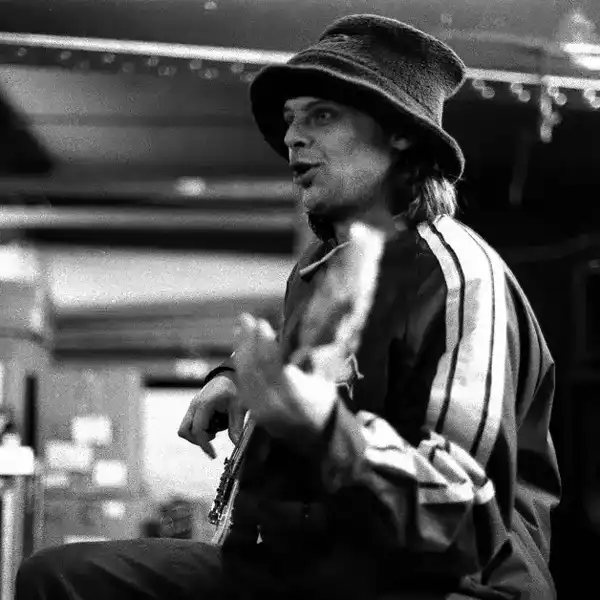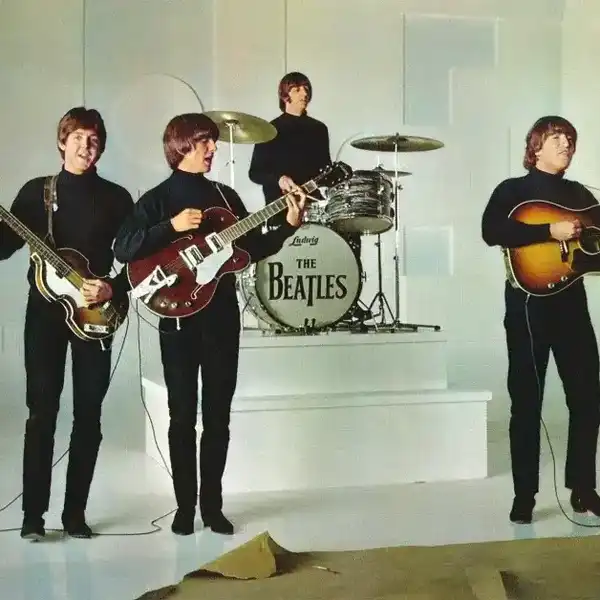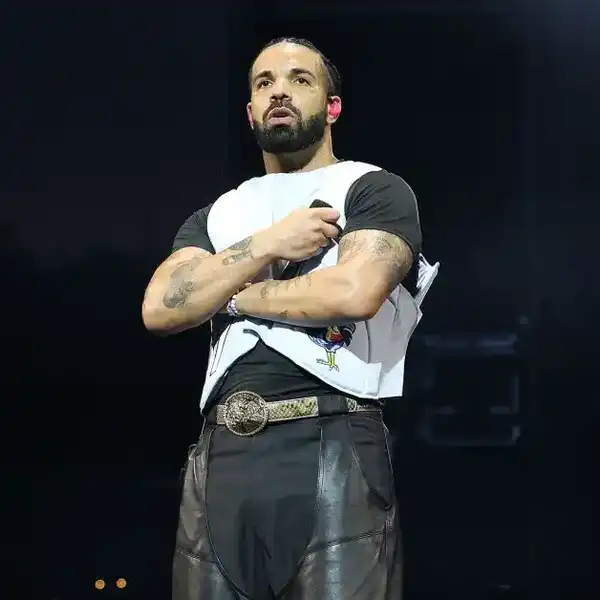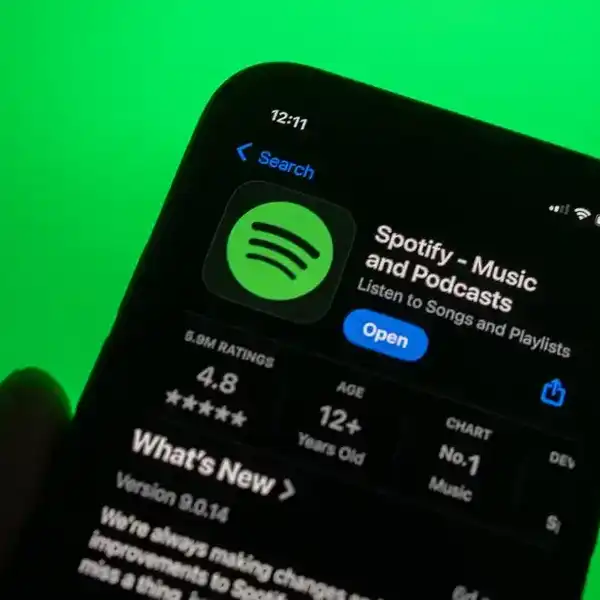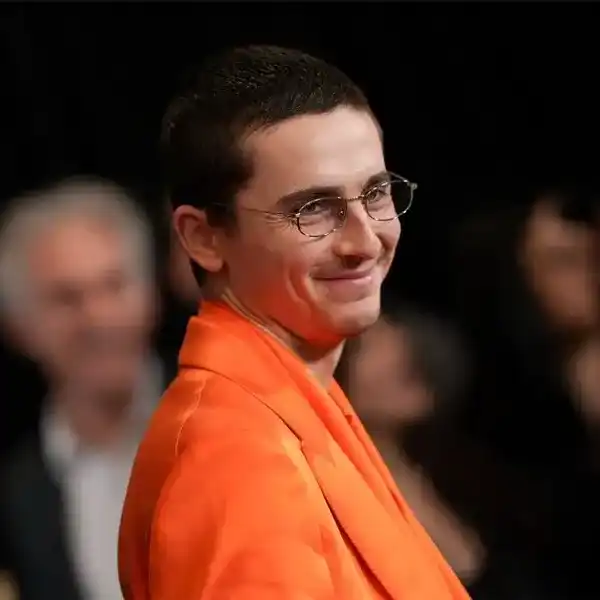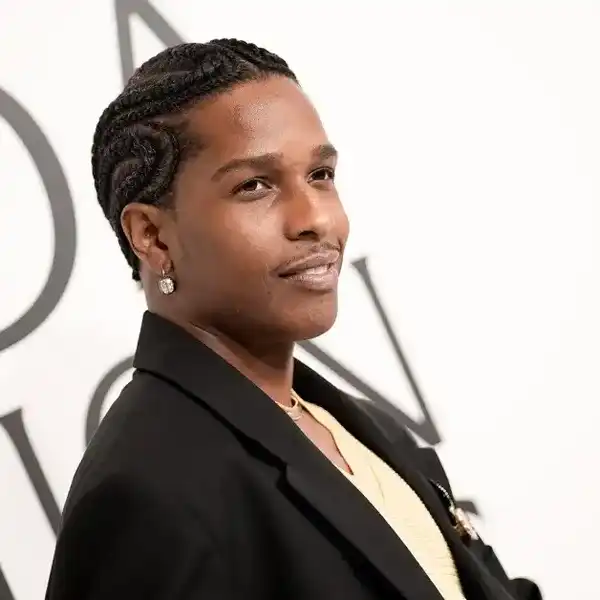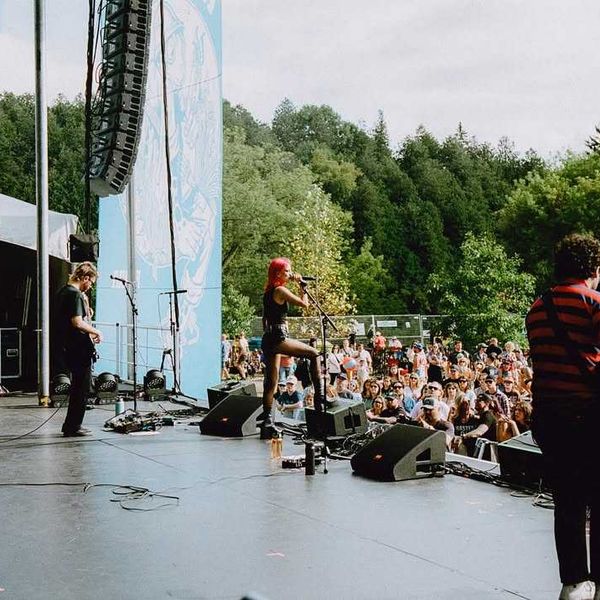Rob Braide's Remarkable Storied Career In Broadcasting
By any standard, Rob Braide has had a remarkable career in broadcasting. What follows grazes on some of the remarkable experiences he had in his professional life and some remarkable people he has worked with. There are also stories about ghosts, swamis, and the FLQ.
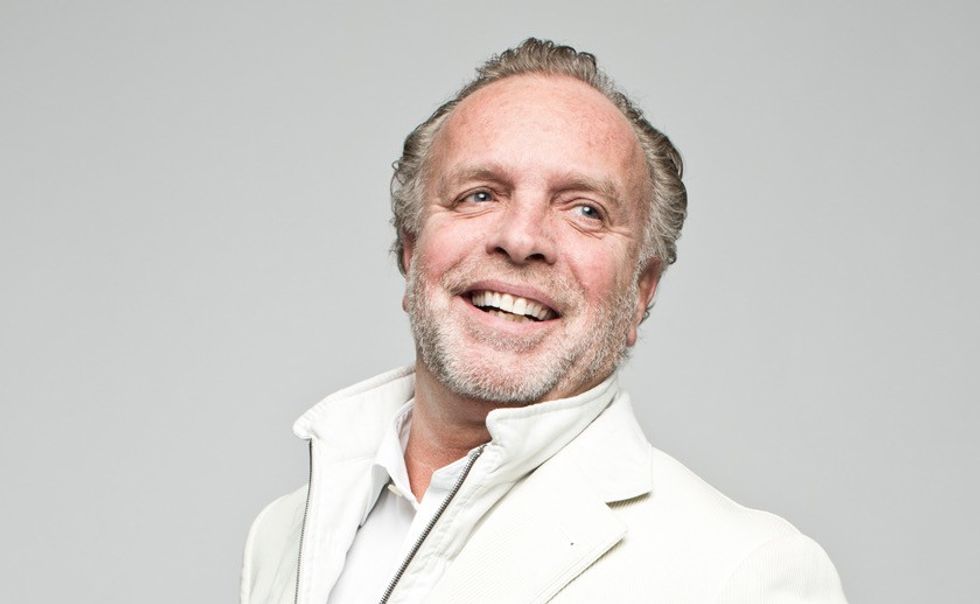
By Dave Charles
By any standard, Montreal-born and raised Rob Braide has had a remarkable career in broadcasting and has excelled in every position he has held. Now retired and commuting between his home in the Laurentians and a condo in Montreal, he continues to live a richly rewarding life. He’s an avid skier, loves fast cars, is a gourmet cook, a gardener and knows his jazz. He has consulted, and he is consulted and has served as a long-term board member for the National Music Centre in Calgary. What follows grazes on some of the remarkable experiences he has had in broadcasting over the years and some remarkable people he has worked with. There are also stories about ghosts, swamis, and the FLQ.
DC: Rob, you had the unusual experience of spending your entire career in your hometown but still made some major professional transitions during those 40 or so years. Would you give us a brief rundown of that ride?
RB: Shure. After a bit less than a decade working for Geoff Stirling at CHOM, CHUM Radio bought CKGM and CHOM, and I found myself reporting to the CHUM mothership. They were pretty much hands-off and just asked me to get the 25-54 numbers up. Then along came Standard Broadcasting that bought Conrad Black’s radio group, which included Montréal’s CJAD and, at the time, Fm 96. Gary Slaight and I were pals and shared a strong mutual respect, so he called me up and asked me to come down the street as GM of those two stations. The move was made, and we changed Fm 96 to Mix 96, applying the same logic that Gary had to Mix 99.9 in Toronto. A few years later, Gary and Jim Waters made a deal to buy CHOM, and we moved the station into the same building as CJAD AM and Mix 96. Lots of success all around. I loved working for Gary; it was the highlight of my career, and I still call him one of my dearest friends.
When Slaight sold Standard to Astral Media, they offered me a corporate vice president of branding, communications and industry relations. It was my first time working in a totally French environment and catapulted me to where I am now, an integrated Anglo Québécois living around 70 percent of my life in French and loving it.
I got blown out of there the same day as many of Gary’s senior guys. I was on the beach for a short while until I was offered the job of vice president of content and regulatory affairs at Stingray, where I worked for about three years before taking my retirement at 58 years old.
DC: I first met you fresh out of Carlton University as you began the all-night show and music duties at CHOM fm Montreal. Take us through some highlights of those thrilling CHOM fm early years, including some of your recollections of the illusive and spiritual Geoff Stirling.
RB: When I got there in late 1977 as the all-night guy from CKCU Fm, Radio Carleton in Ottawa, CHOM was a special place full of mystery, a ghost of the husband of the owner of the building who had committed suicide in the room that became the music library on the third floor of a Heritage grey stone on a street in a tony part of Montreal, the spiritual echos of the founder and owner of the licence, Geoff Stirling, and a dedication to experimentation in all things musical.
The place was a sandbox where English and French people gathered to play music and celebrate the two distinct cultures that still define Québec and Montréal.
CHOM was known for playing a wide variety of progressive rock. Bands such as Pink Floyd, Supertramp, Genesis, Gentle Giant, Emerson Lake and Palmer, to name a few. They got their first exposures there and came to call CHOM their second home. Quirky roots troubadours were also embraced at CHOM and Montréal—artists such as Murray Head, Joan Armatrading, Chris de Burgh, etc. They all came and hung out at the station and shared their visions. I learned so much about the world.
I'll never forget a bright-eyed Kate Bush who came into the station just as Running up that Hill started to gain some traction. We loved her, and she took to us. There were no rules, no format. The devil may care, and by the way, no ratings.
DC: You mention having worked for the eccentric Geoff Stirling, owner of CHOM, in your early years. Can you share a story?
RB: Geoff Stirling was always the secret sauce behind CHOM. By the time I arrived, he was pretty much a recluse, splitting his time between Newfoundland and Arizona. He founded and ran the TV and radio networks in Newfoundland and owned AM and FM stations in Windsor, Ontario and CKGM and CHOM in Montréal.
I did not meet him for the first four years I worked for him. Although he would sometimes call at 03:00 in the morning to give me wandering thoughts on where he thought CHOM should be philosophically and spiritually.
To say he was anti-intrusive government and CRTC would be an understatement.
Geoff maintained strong contacts with the meditative community and, on one occasion, arrived unannounced on a Sunday night with a large cohort of dedicates of his Swami and the Swami. They took over the station and discussed religion and Eastern mysticism.
This was much to the shock of the late Daniel Fiest, my production manager, who had asked me to try his hand at being on air…just once to see how it felt. I gave him that Sunday overnight. What could possibly go wrong?
I got a call from him in the middle of the night asking what to do. I lived two blocks from the station, so I grabbed a bottle of unfiltered apple juice and walked into the old building to find tens of pairs of shoes piled all over the place.
Upstairs in the studio, Geoff was sitting on the floor surrounded by initiates grinning and holding Swami’s toe as the Swami related his vision of the universe to CHOM’s audience. Unusual, but with Geoff, not surprising.
It was the first and one of the last times we ever met.
DC: Equally legendary is the history that lived in the original CHOM studios on Greene Street….
RB: Many of us have heard of The CHOM Ghost. The husband of the woman who owned an antique store at 1355 Green Ave, where the station moved from its original digs across the street, put a shotgun to his head and pulled the trigger. He was wearing a green sweater. Well, don’t you know that many folks kept seeing an apparition in all sorts of places in the old grey stone wearing a green sweater? I may have seen him once while doing the all-night show in 1977. There was a washroom on the landing between the second and third floors. The on-air studio was on the third. I was reasonably sure I saw a guy in a green sweater looking at me out of the mirror in that bathroom one night when I went down to the kitchen for a coffee…I’m also pretty sure I threw out that bag of weed!
One night, I was doing the 10 p.m. to 2 a.m. shift, and legendary DJ Bob Beauchamp was doing 6 p.m. to 10 p.m. He told me not to go into the music library that night because the bosses were doing an exorcism with a couple of priests. Well, around midnight, I figured they must be done, and I needed a record. Of course, I stormed in, and they all screamed and jumped to their feet; they were sure they had just connected with the ghost. All that to say, we never saw him again.
A major historical event in Québec’s political and cultural past was the FLQ Crisis, when violent French Separatists set off bombs and kidnapped public figures trying to make their radical point. Pierre Elliot Trudeau’s War Measures Act was the outcome of their actions.
One day (and I’m not sure who was on the air), a band of FLQ terrorists physically took over CHOM and demanded to read the FLQ manifesto. The DJ said, “Cool, man,” and gave them the microphone. After that, he asked what they would like to play, and they got high and moved along with their days. That was The Spirit of Montreal at its finest.
DC: When John Mackey hired you and John Parikhal at Joint Communications to import the Burhart Abrahms format, that all changed.
RB: Unbeknownst to most of us, the station was slotted to switch to a disco format. After some internal pushing and shoving, the new format was finally installed, the ratings doubled in one book, and nothing was changed. The Program Director who would have overseen the change left, and you convinced the GM to make me PD. I never looked back.
DC: What were the reasons for choosing radio as your career?
RB: I was entranced when I heard the legendary DJ Dave Boxer play the Beatles in 1964 on CFOX Montreal. I was 11 years old. I knew that my lot in life would be to play music for people and help them surround themselves with the wonder of discovery. In part, as my namesake, Robbie Robertson once said, the wind blew me this way.
I could not play an instrument well, even though I had almost completed a master's thesis in computer and electronic composition at Carleton University…you had to be a student to be involved in the campus station. CKCU was a rich experience I recommend to any aspiring young broadcaster.
I've often been accused of never meeting a microphone I don't like, and that's true. I'm an introvert but have been good fooling folks during my career. Performing brings me great pleasure and a sense of self.
DC: Who were some of your earlier influences in radio, and what did you learn from them? Stations and DJs that you enjoyed listening to
RB: I guess I was focused quite heavily on the great Top 40 jocks of the Eastern seaboard when I was a kid. I had the typical rocket ship transistor radio with an alligator clip attached to my radiator that my Dad would have given me a whopping if he'd known I was using. Arnnie WooWoo Ginsberg, Cousin Brucie (born Bruce Morrow), and the like were on the skip from Boston and NYC. Then, it was as much about the presentation as the music—certainly, CFOX and CKGM. I liked Doug Pringle and some of the early CHOM guys like Angus MacKay, who later became my best pal, was the best man at my first wedding and was my oldest daughter's Godfather.
DC: Radio is being flanked and challenged by music streams offering everything—Spotify, Apple, Sirius XM, Amazon, Live One, etc. Your first passion has always been music. Where do you go to find new music first?
What are your top five most listened-to tracks on your playlists?
RB: Last year, Spotify told me I had listened to over 5,000 new tracks on that service alone! I build monthly playlists with tracks I harvest from their Release Radar and others. I also use Louder from the New York Times. Jon Pareles has been their lead music person since 1988, and I pay attention when he recommends a track. I'm a great white shark for new music. I read FYI cover to cover each edition and get a wonderful earful of new Canadian releases. We are in great shape as an industry. I hope our legislators and regulators don't screw it up by introducing politically motivated rules and regs, the impact of which they have no idea. These days, I'm on a Latin tear. Bad Bunny's new releases have justified my spending so much time and energy delving into this area. Also, the increasing dominance of Eastern Regional Mexican music is fascinating. The fact that much of it has to do with narcocorridors and all the pain the drug culture causes down there is terrible. But sometimes you have to close your eyes and dance, non? I'm a massive fan of Robert Glasper. He's probably the most connected and connecting contemporary American musician today; his marriage of hip-hop and jazz is breathtaking.
My best song right now is Motherless by Killer Mike, featuring Eryn Allen Kane and Glasper, the rendition version. It makes me tear up every time. Accessible hip hop with more feeling than I've heard in ages. I was listening to the new Boygenius via my youngest daughter the other day. I was so impressed how its form is the same as so many great female country songs where a solo vocal breaks into three-part harmony after a bar of two—ended up going to Trio by Linda, Emmylou and Dolly. All that is to say that music is deep in me. By the way, I love the new Rolling Stones material.
DC: Podcasting is everywhere. How important is this to supplement radio's main brand offerings, or is it a competitor? Should all morning shows be available in podcast form as 'the best of the morning show' or not?
RB: There is a yin and a yang to podcasting. The old-school radio person in me is not crazy about folks not having to listen live and, instead, time shift to their convenience. But then, who am I to talk? I have not watched live TV, including news, in years. Podcasting is a vital tool for radio to build its brand. The availability of the best segments allows the listener to develop a more intimate relationship with talent on their own time. That said, the vitality of morning shows is the presence of surveillance material such as traffic, news, weather and sports that lose relevance in time shifts.
DC: What should radio today do to develop new talents?
RB: The old chestnut is to bring back live all-night shows. Ones that don't talk about UFOs…the likelihood of that happening is slim. Of course, if you have a live all-night announcer, you need a dedicated and interested PD or Brand Manager who will take the time to nurture that person. From what I see across North America, the average PD has too much on their plate to be doing much talent dev. Maybe podcasts will offer a kind of reverse engineering here. Do great work on a podcast, get noticed by a radio talent scout (many of the majors have them now) and get hired away from the podcast. What a strange idea…
DC: There's a success with radio companies focusing on 'Local First.' Our mutual friend Cliff Dumas bought a radio company of 23 stations in America called 'Local First Media.' He believes the local community revenue and ratings will follow if you super-serve. Can this business model be applied to major markets?
RB: Local and live has always been my gasoline as a broadcaster. I've never seen a radio station that has imported most of its content win. I've watched AM talkers in their death throes selling content blocks to advertisers only to see poor programming with zero relevance to the local listeners cause the ratings to tank. I've seen shared morning shows with zero reference to local events (even if it's just a car wash coming up this Saturday) slip down the list of ratings winners. We have all seen the radio promotions where the majors expect listeners to believe that some secondary or tertiary market morning show is giving away $100,000 when, in fact, the promotion is across the brand nationally. Folks lose faith…they know that it's not local…give away a toaster oven, for God's sake, but get Dan or Betty from down the street on the show to say how much they love the Morning show and kind of really needed a new toaster oven anyways and is looking forward to stopping by the appliance store on Saturday to pick it up where the morning team will be doing a remote. Is this so hard? It's hearts and minds! It's local and live.
Cliff's thinking could win on the majors of only an owner or two, not a hedge fund or a telco, had the balls to try it. These are different days, but remember when WLS Chicago was one of the biggest stations in America because of the farm reports? The commodities markets lived and breathed in those daily and sometimes hourly reports of agricultural pricing. So did the farmers standing in their fields. Remember when the entire auto industry used to listen to CKLW in Windsor because when the temperature hit 88 degrees, the automobile production lines could shut down according to union agreements? Again, people have other ways of gathering information now. Still, there are many other local triggers that radio could be using and promoting on social media to drive listening at tent post times.
DC:
Do you use Chat GPT?
RB: I use Chat GTP sparingly, but I know how to use it. When we chatted in preparation for this interview, I mentioned the irony of how AI might be radio's salvation.
Which scenario would win with a listener? Big voiced jock sitting in Atlanta spinning off breaks for half a dozen stations in a few different formats in various markets. Nothing relevant to the local market. It can't be done! Mostly mid-day and evening and some overnight day parts. If there is any surveillance, it's inserted by some poor soul making minimum wage, hoping against all odds to get a shot at a shot one day. It is not likely. Big staff party and a turkey at Thanksgiving or Christmas? Don't hold your breath.
The second scenario has Radio GTP or a variation on that theme scraping local social media and small local newspapers for highly regional information on events unique to the area its station is serving. Instead of the impersonal back sells and promos of the person in Atlanta, you hear (either live or in GTP synthetic voice) hey folks, it's Sam here on WXXX. Mary's general store down the street from us has a note about the bake sale this Saturday to help support the new mobility clinic at Saint Luc's Hospital. Hope you can make it by to help out. Fifty-six degrees and sunshine all day, and we've got Taylor Swift next…Who wins?
It depends on the demo and the town and a whole bunch of variables, but for my money, I'd take door number two.
DC:
Tell us about your work with Studio Bell, home of the National Music Centre in Calgary.
RB: I have been involved with Studio Bell, home of The National Music Centre in Calgary, for over a decade. I'm the board chair, and I can confidently say that it will end up being the most important thing I've done professionally.
NMC (National Music Centre) is truly the centre of music in Canada. We have over 2000 instruments, museum spaces, live rooms, world-class recording studios, and consoles from the Trident and Olympic studios in London, England. In fully functioning form, we have The Rolling Stones Mobile Recording Studio. We have TONTO. We have one of the world's largest electronica collections, and it is home to all four Canadian music halls of fame, including CARAS/Junos, CCMA, Songwriter's and Québec's L'Adisq.
We also surround the legendary King Eddy, an award-winning music venue rebuilt after the Calgary floods.
All this is housed in a $200,000,000 building built on public and private cooperation and headed by our amazing CEO, Andrew Mosker.
We made our board of directors gender equal, then lost that equality as there are now more women than men on the board.
We have addressed issues relating to LGBTQ+ and BIPOC realities regarding our governance and administration, and I can say with pride that we genuinely look like our country.
Our work with indigenous peoples and the significant part of our displays and activities dedicated to amplifying their stories have brought us international recognition for their excellence.
The NMC is a place of wonder, and the hundreds of thousands of people who have visited us over the past six years have mostly left fulfilled and more aware of the Canadian cultural experience.
I would encourage any of our readers to visit www.nmc.ca
Look at the studios, collections, and First Nations spaces and take the 3D tour. You'll not be disappointed.


